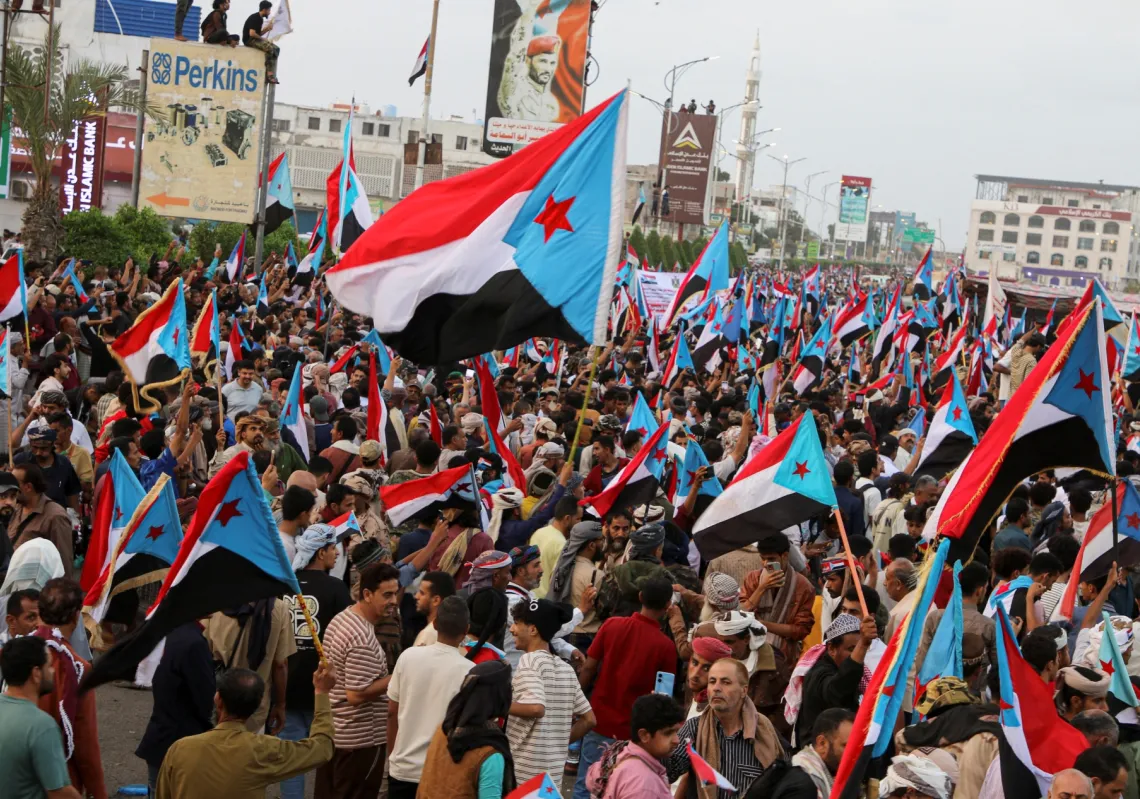 An Iranian soldier wearing a mask against chemical weapons used by Saddam Hussein.[/caption]Iraq’s use of chemical weapons during its brutal eight-year-long war with Iran is one of the controversial aspects of the war. There is no debate over whether or not Iraq used chemical weapons (CWs): this is widely accepted by scholars and indisputable evidence emerged in the mid-1980s when Iran began sending soldiers to hospitals in Europe for medical treatment after its troops had been exposed to mustard gas. The source of the controversy stems from the level of complicity that the West and the US in particular had in developing Iraq’s chemical weapons capability.
An Iranian soldier wearing a mask against chemical weapons used by Saddam Hussein.[/caption]Iraq’s use of chemical weapons during its brutal eight-year-long war with Iran is one of the controversial aspects of the war. There is no debate over whether or not Iraq used chemical weapons (CWs): this is widely accepted by scholars and indisputable evidence emerged in the mid-1980s when Iran began sending soldiers to hospitals in Europe for medical treatment after its troops had been exposed to mustard gas. The source of the controversy stems from the level of complicity that the West and the US in particular had in developing Iraq’s chemical weapons capability.
On 1 November 1983, just a few weeks before Donald Rumsfeld’s infamous trip to Baghdad, a senior official in the US State Department, Jonathan T. Howe, drafted a memo for Secretary of State George Shultz that dealt with Iraq’s “almost daily” use of CWs against the Iranians, which had just launched a large offensive against the strategic Iraqi border town of Penjwin, which lies to the northwest of Baghdad in the northern Kurdish region. During this offensive, the Iraqi military made extensive use of CWs to prevent the Iranians from encircling and capturing the town. It was in this context that Howe sent Shultz his memo.
After indicating that the US had “received additional information confirming Iraqi use of chemical weapons,” Howe pointed out the following: “We also know that Iraq has acquired a CW production capability, primarily from Western firms, including possibly a US foreign subsidiary.” This was a significant acknowledgment of Western—and apparently US—involvement in Iraq’s acquisition of a CW capability. According to a former Canadian diplomat who was stationed in Baghdad during the mid-1980s, this was a reference to a West German company that was a subsidiary of a US corporation. This confirms that US officials were aware of at least unofficial American complicity in Iraq’s acquisition of chemical weapons. This does not, however, suggest that the US government knowingly provided Iraq with such a capability.
The Howe memo went on to point out that the standing US policy on the use of chemical weapons was to “halt CW use wherever it occurs,” and indicated that the State Department was “considering the most effective means to halt Iraqi CW use including, as a first step, a direct approach to Iraq.” This fit with previous approaches taken by the US government in southeast Asia and with the Soviet use in Afghanistan.
Howe indicates that the Iran–Iraq War had recently been the topic of discussion among senior US officials, who were in the process of determining what steps the US could take to help Iraq win the war. At this point in 1983, Iran had already reversed the tide of the war and, after a major battle at Basra in the summer of 1982, had been launching probing offensives all along the massive 700-mile border. The fear among US officials was that if Iran were to break through and capture a major Iraqi city like Basra, it was only a short distance to the much more important Kuwaiti or Saudi borders. From a US perspective, it was absolutely vital that Iraq not collapse, which explains why the US was looking for ways to bolster the loathsome Saddam regime.
Even so, Iraq’s “almost daily” use of CWs posed a conflict between the US policy aimed at bolstering the Saddam regime and the standing policy to halt the use of CWs wherever it occurred. As such, Howe proposed that the White House add the issue of Iraq’s use of CWs to the agenda of the next National Security Council (NSC) meeting, which was held a few days later.
He went on to say:
[blockquote]If the NSC decides measures are to be undertaken to assist Iraq, our best present chance of influencing cessation of CW use may be in the context of informing Iraq of these measures. It is important, however, that we approach Iraq very soon in order to maintain the credibility of US policy on CW, as well as to reduce or halt what now appears to be Iraq’s almost daily use of CW. [/blockquote]
It seems clear that the CW issue did not factor very large in US policy toward the Iran–Iraq War, since little action was actually taken with respect to this issue until well after the tragic gassing of the Kurds at Halabja in March 1988. Even then, the overarching objective of US policy was to ensure the Saddam regime’s survival, or at the very least prevent an Iranian victory in the war. However, while there is evidence that a US subsidiary may have been involved in assisting Iraq acquire CW capability, this was done illegally and not in accordance with US policy. Eventually, the Reagan administration would impose export licensing controls for Iran and Iraq on the purchase of precursor chemicals that could be used to make CW. Unfortunately for the thousands of victims of Iraq’s chemical weapons, this was too little and too late.









